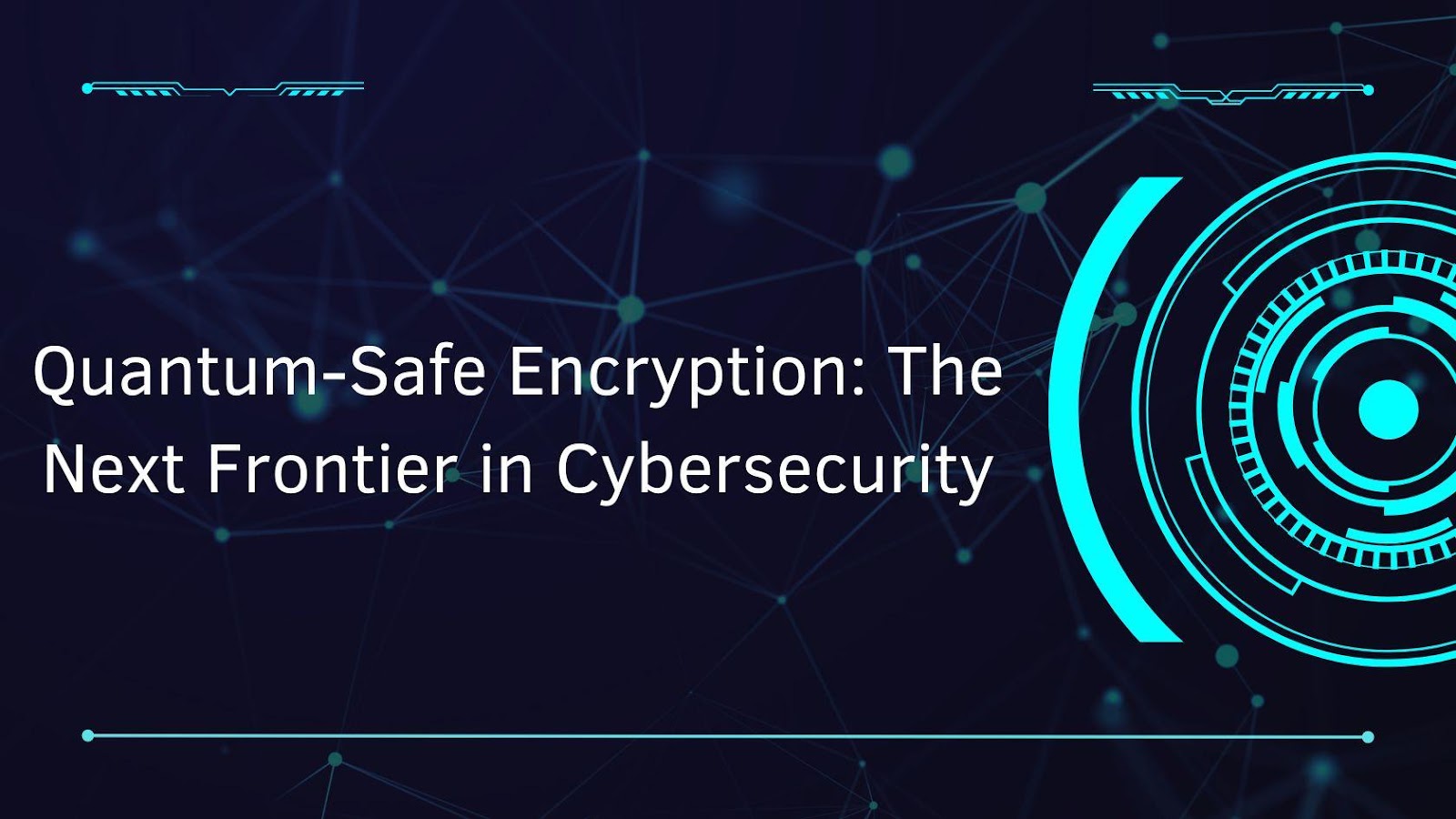In the modern era, the rise of quantum computing brings groundbreaking advancements but also poses a critical challenge to cybersecurity. Traditional encryption methods, which rely on the complexity of mathematical problems, are at risk of being rendered obsolete. This article explores the innovative solutions shaping the future of cybersecurity, based on research by Vishnuvardhana Reddy Veeraballi, an expert in the field.
Cracks in Traditional Encryption
For decades, RSA and ECC have secured digital communication by relying on the computational difficulty of factoring large numbers and solving discrete logarithm problems. However, the rise of quantum computing threatens these encryption methods. Shor’s algorithm enables quantum computers to solve these mathematical problems exponentially faster, rendering traditional cryptographic standards vulnerable. As quantum capabilities advance, the security of sensitive data, financial transactions, and digital identities faces unprecedented risks. This looming threat has spurred research into post-quantum cryptography, aiming to develop encryption methods resistant to quantum attacks, ensuring data security in the emerging quantum era.
Post-Quantum Cryptography: A New Shield
To counter quantum threats, cryptographers are developing post-quantum cryptography (PQC) algorithms. These are designed to be resistant to quantum attacks while still being efficient on classical systems. Among the most promising approaches are:
- Lattice-based cryptography: Uses complex mathematical structures, believed to be resistant to quantum attacks, for encryption and digital signatures.
- Hash-based signatures: Secure against quantum threats by leveraging cryptographic hash functions.
- Code-based cryptography: Relies on error-correcting codes to ensure encryption security, a concept that has remained unbroken for decades.
While these methods offer promising security, they also introduce challenges, such as increased computational requirements and larger key sizes.
Quantum Key Distribution: A Step Toward Unbreakable Security
Quantum Key Distribution (QKD) is a revolutionary advancement in secure communication, using quantum mechanics principles like superposition and entanglement to ensure data integrity. Unlike classical encryption, QKD makes eavesdropping detectable, as any interception alters the transmitted information. This technology promises unbreakable security, but challenges remain. Distance limitations, transmission speed constraints, and high infrastructure costs hinder widespread adoption. Overcoming these obstacles is crucial for QKD to become a mainstream solution for secure data exchange. As research progresses, advancements in quantum networks and error correction may pave the way for its large-scale implementation, transforming cybersecurity in the digital age.
Standardization Efforts and Industry Adoption
Global efforts are underway to standardize quantum-resistant encryption, with the National Institute of Standards and Technology (NIST) leading the charge. NIST has selected algorithms like CRYSTALS-Kyber for encryption and CRYSTALS-Dilithium for digital signatures to strengthen cybersecurity against quantum threats. However, adopting these standards poses challenges, including system compatibility, performance trade-offs, and the complexity of global coordination. Organizations must upgrade existing infrastructure while ensuring seamless integration with emerging technologies. Collaboration among governments, industries, and researchers is crucial for a smooth transition. As quantum computing advances, proactive adoption of post-quantum cryptography (PQC) will be essential to maintaining secure digital ecosystems.
The Hybrid Approach: A Bridge to the Future
To ease the transition, experts advocate for hybrid encryption models that combine classical and quantum-resistant methods. This approach allows organizations to gradually adopt PQC while maintaining compatibility with existing systems. Hybrid models also provide an added layer of security in case vulnerabilities are discovered in emerging quantum-resistant techniques.
Preparing for a Quantum-Resistant Future
As quantum computing advances, organizations must proactively enhance their encryption strategies to safeguard sensitive data. The transition to post-quantum cryptography (PQC) and quantum key distribution (QKD) demands substantial investment in research, infrastructure, and workforce training. This shift is crucial to ensuring long-term cybersecurity resilience. Through continuous innovation, collaboration, and adaptation, the cybersecurity community can stay ahead of emerging quantum threats. By preparing today, organizations can mitigate future risks and ensure secure digital communications in the quantum era. A proactive approach will be essential in maintaining data integrity and confidentiality as quantum capabilities continue to evolve.
In conclusion, the development of quantum-safe encryption is essential to safeguarding digital security in the coming decades. As Vishnuvardhana Reddy Veeraballi’s research highlights, addressing quantum threats requires a multifaceted approach that includes PQC, QKD, and standardized implementations. The journey toward quantum-resistant security is complex, but with the right advancements, the future of data protection remains strong.



































